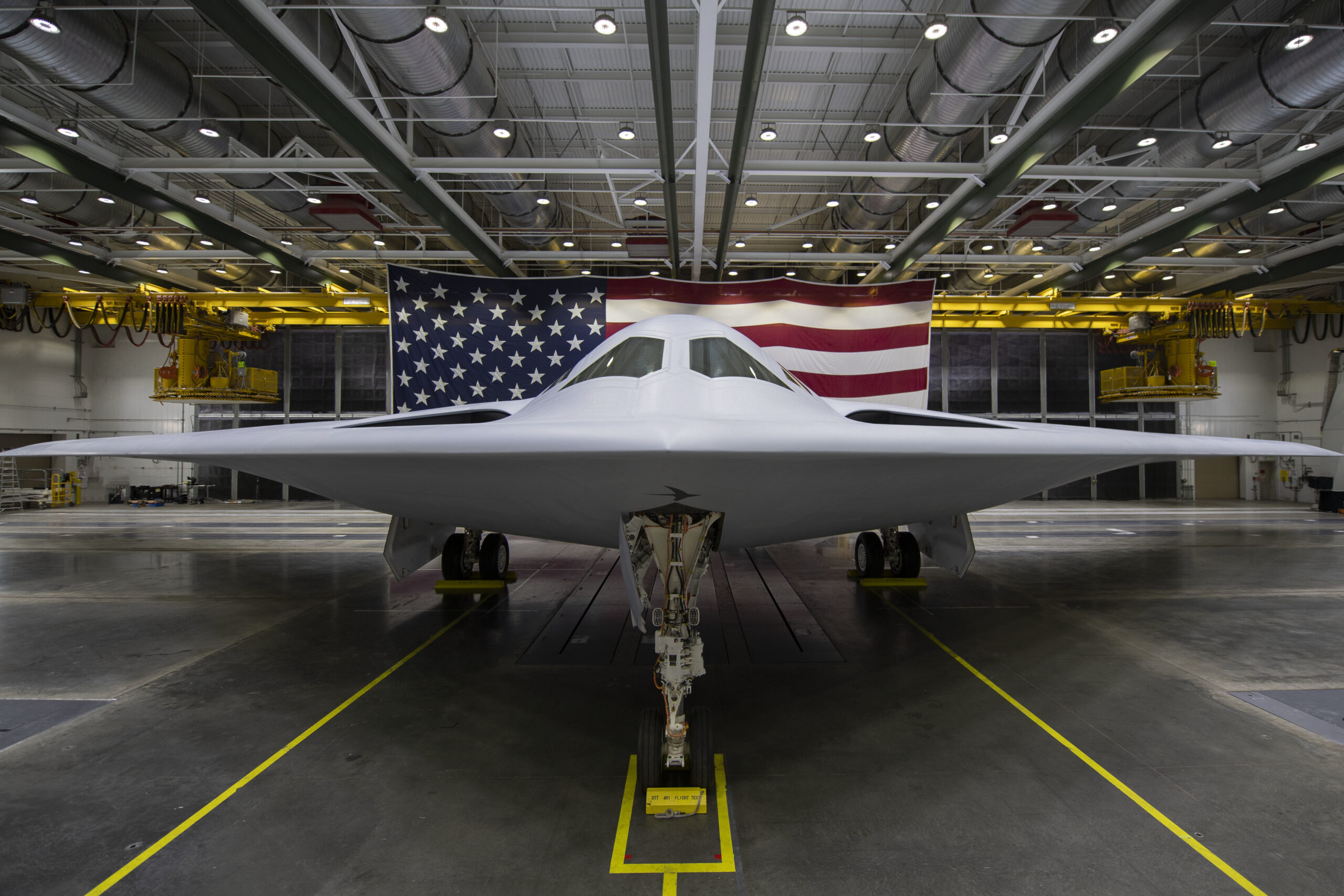U.S. Unveils "New" B61-13 Nuclear Bomb, Completed Nearly a Year Early
The B61-13 will be employed only by strategic bombers against hardened and buried targets.
In a ceremony at the Pantex Plant in Texas, U.S. Secretary of Energy Chris Wright announced the completion of the assembly of the first B61-13 gravity nuclear bomb—nearly a year ahead of the original target date and less than two years after the program was officially announced. It stands as one of the fastest-developed and produced nuclear weapons since the end of the Cold War.
The B61-13 represents the latest modification of the long-serving B61 family, a pillar of U.S. air-delivered nuclear deterrence since the 1960s. Unlike the B61-12, designed for use with dual-capable fighter-bombers and already certified for platforms such as the F-35, the B61-13 will be used exclusively by strategic bombers based in the continental United States.
According to the Department of Energy, the new model incorporates the safety, precision, and control systems of the B61-12 but features a yield adapted for striking harder or more widely dispersed military targets.
Accelerated Development
The National Nuclear Security Administration (NNSA) highlighted that the project directly benefited from the production capabilities activated during the B61-12 Life Extension Program (LEP), whose final unit was delivered in December 2024. Drawing on decades of accumulated design data, testing, and validation, program engineers and managers shortened the development timeline by combining and simplifying the traditional "design gates" that typically mark the evolution of a nuclear warhead.
As a result, the first test assemblies were manufactured just three months after Congress approved the funding. The decision to accept certain calculated technical risks enabled production to begin at a significantly faster pace than usual, without disrupting the other six warhead modernization programs currently underway.
“Modernizing our nuclear arsenal is essential to ensuring deterrence in an era marked by rising tensions," Wright stated. "This achievement sends a clear message to both our allies and those who challenge us.”
Greater Yield against Buried Targets
While no official figures have been released regarding its yield, the B61-13 is expected to exceed the 50-kiloton yield of the B61-12, recovering some of the deterrent power of previous variants such as the B61-7, which had a maximum yield of 360 kilotons. The B61-13 is part of a broader U.S. Department of Defense strategy aimed at reestablishing effective nuclear options against hardened and deeply buried targets—a type of threat that has gained renewed importance amid the proliferation of underground facilities in rival powers.

The development of this new variant reflects not only technical requirements but also serves as a political and strategic signal of readiness. As with the B61-12, the NNSA has worked closely with Los Alamos National Laboratory, Sandia National Laboratories, the Pantex Plant, and other sites across the U.S. nuclear weapons complex.

/https://aviacionlinecdn.eleco.com.ar/media/2025/05/primera_bomba_nuclear_b61_13_ensamblada.jpeg)
Para comentar, debés estar registradoPor favor, iniciá sesión